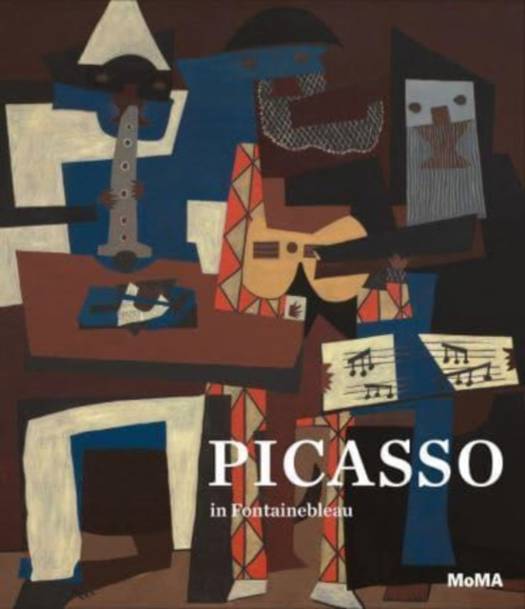
- Afhalen na 1 uur in een winkel met voorraad
- Gratis thuislevering in België vanaf € 30
- Ruim aanbod met 7 miljoen producten
- Afhalen na 1 uur in een winkel met voorraad
- Gratis thuislevering in België vanaf € 30
- Ruim aanbod met 7 miljoen producten
Omschrijving
Exploring Picasso's seemingly opposite styles and artistic processes during a three-month summer vacation
In the summer of 1921, on the west wall of his improvised garage studio in Fontainebleau, France, Pablo Picasso painted two large-scale and astonishingly different-looking pictures side by side. On the left hung his classicizing Three Women at the Spring, long associated with the "return to order" in the aftermath of World War I. To its right, Picasso worked on one of two versions of Three Musicians, often described as the culmination of his prewar Cubist style. The visual dissonance of this pairing still has the ability to shock. Yet, a close look at Picasso's handling of materials, studio installations and fluid understanding of style reveals that these two seemingly incompatible works have more in common than meets the eye, as do other monumental works on canvas, small paintings, line drawings, etchings and pastels that he created in Fontainebleau during his brief three-month residency.
Published to accompany an exhibition that reunites Three Women at the Spring and Three Musicians with the richly varied body of work that emerged from Picasso's Fontainebleau stay, this copiously illustrated catalog, including never-before-seen photographs and archival documents, offers an introduction by curator Anne Umland and 15 object-based essays coauthored by art historians and conservators.
Specificaties
Betrokkenen
- Auteur(s):
- Uitgeverij:
Inhoud
- Aantal bladzijden:
- 232
- Taal:
- Engels
Eigenschappen
- Productcode (EAN):
- 9781633451391
- Verschijningsdatum:
- 10/10/2023
- Uitvoering:
- Hardcover
- Formaat:
- Genaaid
- Afmetingen:
- 231 mm x 272 mm
- Gewicht:
- 1428 g

Alleen bij Standaard Boekhandel
Beoordelingen
We publiceren alleen reviews die voldoen aan de voorwaarden voor reviews. Bekijk onze voorwaarden voor reviews.











